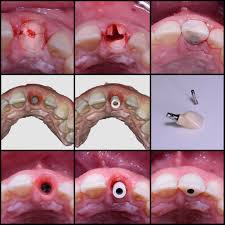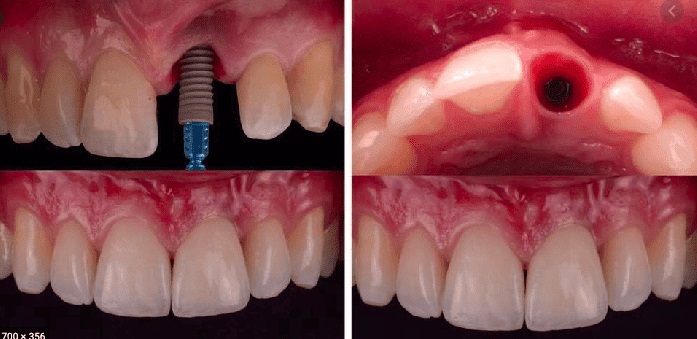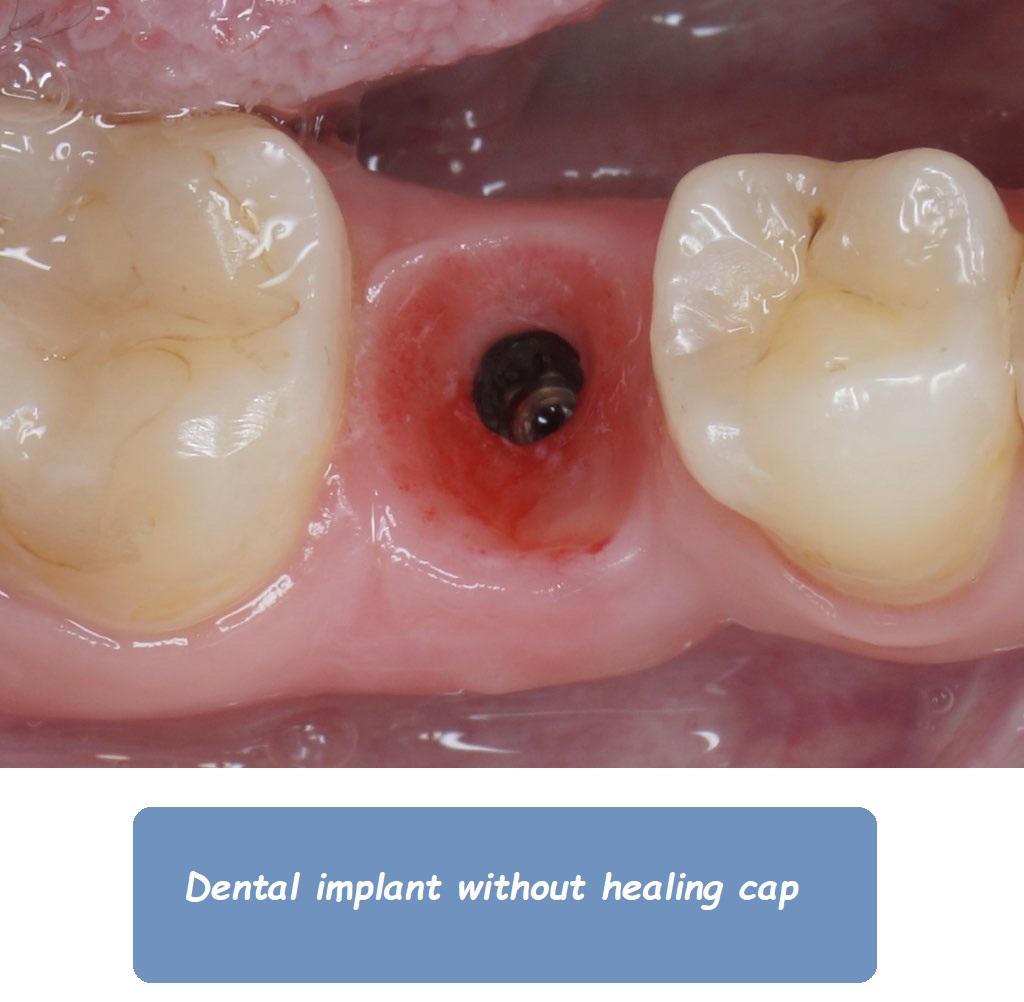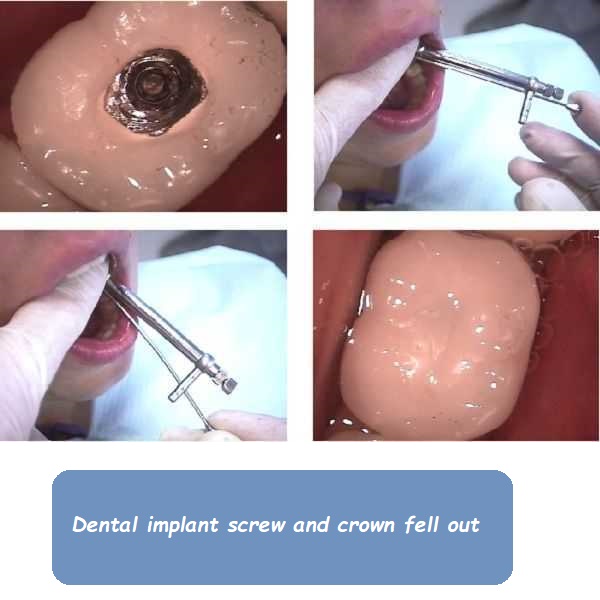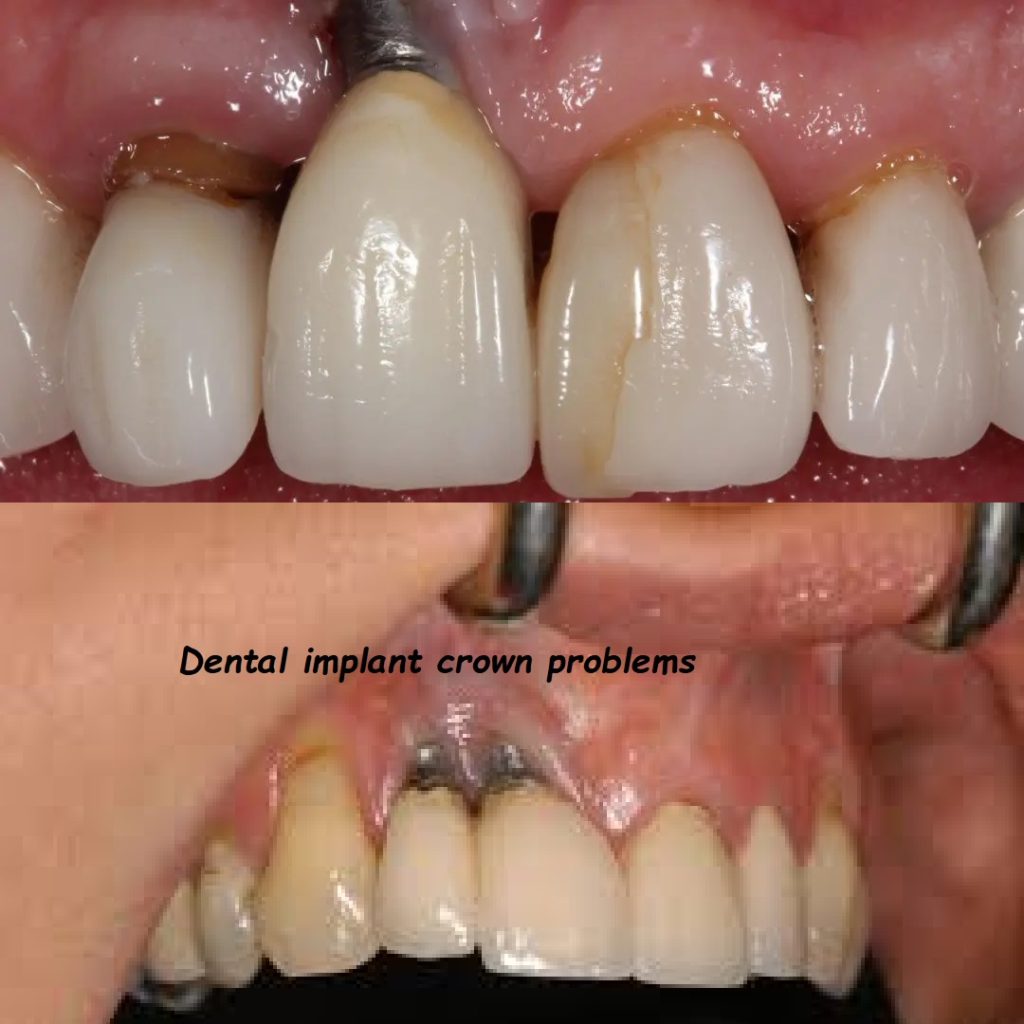how long after tooth extraction can i get an implant
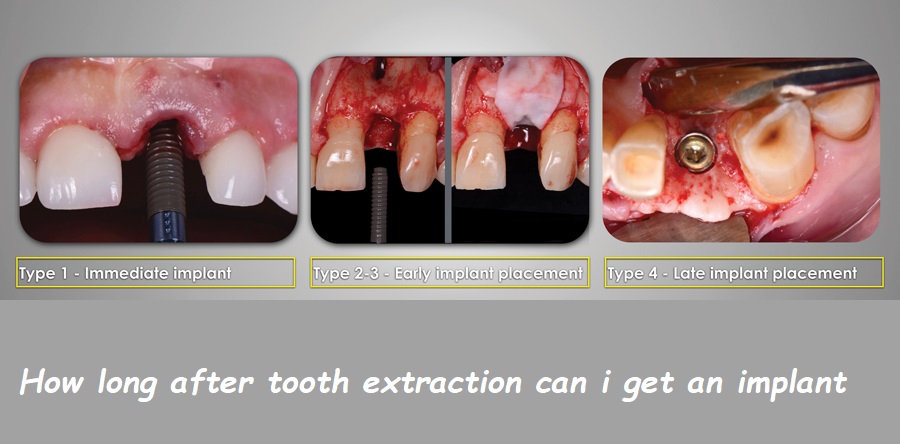
Dental implants are a popular and effective solution for replacing missing teeth, offering both functional and aesthetic benefits. However, the timing of getting a dental implant after a tooth extraction is crucial for ensuring the success of the procedure. This guide will explore the factors that determine how long you should wait before getting an implant after a tooth extraction.
Introduction
Tooth extraction can be necessary for various reasons, including severe decay, infection, or trauma. Once a tooth is extracted, replacing it with a dental implant can help restore your smile and maintain oral health. The question is, “How long after tooth extraction can I get an implant?” The answer depends on several factors, including the condition of your jawbone, the type of extraction, and your overall health.
What Is a Dental Implant?
A dental implant is a titanium post surgically placed into the jawbone to serve as a stable foundation for a replacement tooth, such as a crown, bridge, or denture. Dental implants mimic the function of natural tooth roots, providing support and stability for artificial teeth.
Factors Affecting the Timing of Dental Implants
The timing of when you can get a dental implant after tooth extraction varies based on several factors:
1. Condition of the Jawbone The health and density of your jawbone play a significant role in determining when you can get an implant. If the bone is healthy and sufficient, immediate or early implantation might be possible.
2. Type of Extraction The complexity of the extraction affects the healing process. Simple extractions with minimal trauma to the surrounding bone and tissue can allow for quicker implantation compared to complex extractions.
3. Presence of Infection If the tooth was extracted due to an infection or abscess, it’s essential to wait until the infection is fully cleared before placing an implant. This can take a few weeks to several months, depending on the severity of the infection.
4. Healing Process Your body’s natural healing process also influences the timing. Some individuals heal faster than others, making them suitable for earlier implantation.
5. Immediate Implants In some cases, immediate implants can be placed on the same day as the extraction. This is typically possible when the extraction site is healthy, and there is sufficient bone to support the implant.
Immediate Implants
Immediate implants are placed on the same day as the tooth extraction. This approach offers several benefits, including reduced treatment time and fewer surgical procedures. However, it is only suitable for certain cases:
1. Sufficient Bone Density Immediate implants require adequate bone density to ensure the implant’s stability and success.
2. No Infection The extraction site must be free of infection to avoid complications.
3. Minimal Trauma The extraction should involve minimal trauma to the surrounding bone and tissue.
4. Good Overall Health Candidates for immediate implants should be in good overall health and not have conditions that impair healing.
Early Implants
Early implants are placed within a few weeks to a few months after tooth extraction, typically within 4-8 weeks. This timing allows for some initial healing while still taking advantage of the bone’s healing potential:
1. Partial Healing The extraction site undergoes partial healing, reducing the risk of complications.
2. Better Bone Integration Early implants benefit from the natural bone remodeling process, which can enhance implant stability.
3. Reduced Treatment Time While not as immediate as same-day implants, early implants still offer a relatively quick solution.
Delayed Implants
Delayed implants are placed several months after tooth extraction, usually between 3-6 months. This approach is often necessary when the extraction site requires significant healing or bone regeneration:
1. Complete Healing The extraction site fully heals, providing a stable foundation for the implant.
2. Bone Grafting In cases of insufficient bone density, bone grafting may be performed during the healing period to ensure adequate support for the implant.
3. Infection Clearance Delayed implantation allows time for any infections to clear, reducing the risk of complications.
Bone Grafting and Dental Implants
Bone grafting is a procedure used to enhance the volume and density of the jawbone, making it suitable for implant placement. It is often necessary for patients with insufficient bone due to prolonged tooth loss, periodontal disease, or trauma:
1. Types of Bone Grafts
- Autografts: Bone harvested from the patient’s own body.
- Allografts: Bone from a donor.
- Xenografts: Bone from an animal source.
- Synthetic Grafts: Man-made materials that promote bone growth.
2. Healing Time Bone grafts require a healing period of several months before implant placement. This allows the graft to integrate with the existing bone, creating a solid foundation for the implant.
Steps in the Dental Implant Process
The dental implant process involves several steps, each crucial for the success of the treatment:
1. Initial Consultation During the initial consultation, your dentist will evaluate your oral health, discuss your medical history, and take X-rays or scans to assess the condition of your jawbone.
2. Tooth Extraction If not already done, the problematic tooth is extracted. Depending on the extraction type and condition of the site, your dentist will determine the appropriate timing for implant placement.
3. Bone Grafting (if necessary) If bone grafting is required, it will be performed to ensure adequate bone support for the implant. This procedure may extend the overall treatment time.
4. Implant Placement The dental implant is surgically placed into the jawbone. This step may involve immediate, early, or delayed placement based on the factors discussed earlier.
5. Osseointegration After implant placement, a period of osseointegration follows. During this time, the implant fuses with the jawbone, creating a stable foundation. This process can take several months.
6. Abutment Placement Once osseointegration is complete, an abutment is attached to the implant. The abutment serves as a connector between the implant and the artificial tooth.
7. Crown Placement Finally, a custom-made crown is attached to the abutment, completing the restoration. The crown is designed to match the appearance and function of your natural teeth.
Factors Influencing Implant Success
Several factors influence the success of dental implants, including:
1. Oral Hygiene Maintaining excellent oral hygiene is crucial for preventing infections and ensuring the long-term success of the implant.
2. Overall Health Good overall health and the absence of conditions that impair healing, such as uncontrolled diabetes or smoking, are essential for implant success.
3. Regular Dental Visits Regular dental check-ups allow your dentist to monitor the health of your implant and address any issues promptly.
4. Adequate Bone Support Sufficient bone density and volume are critical for providing the necessary support for the implant.
5. Skilled Dentist Choosing a skilled and experienced dentist or oral surgeon is vital for the success of the implant procedure.
FAQs
Q: How long after tooth extraction can I get an implant? A: The timing varies based on individual factors. Immediate implants are placed on the same day, early implants within a few weeks to months, and delayed implants after several months.
Q: Can I get a dental implant immediately after extraction? A: Immediate implants are possible if there is sufficient bone density, no infection, and minimal trauma to the extraction site.
Q: What if I need a bone graft before getting an implant? A: If a bone graft is needed, it typically requires a healing period of several months before implant placement can occur.
Q: How long does it take for an implant to integrate with the jawbone? A: The osseointegration process can take several months, usually between 3-6 months, depending on individual healing rates.
Q: Is there an age limit for getting dental implants? A: There is no specific age limit for dental implants. As long as the patient is in good overall health and has sufficient bone density, they can be candidates for implants.
Q: Are dental implants painful? A: The implant procedure is typically performed under local anesthesia, minimizing pain during the surgery. Post-operative discomfort can be managed with pain relievers.
Q: How do I care for my dental implants? A: Maintain good oral hygiene, including regular brushing and flossing, and attend regular dental check-ups to ensure the health of your implants.
Conclusion
The timing of getting a dental implant after tooth extraction depends on various factors, including the condition of the jawbone, the type of extraction, and the presence of any infections. Immediate, early, and delayed implants are all viable options, each with its own set of criteria and benefits.
Consult with your dentist to determine the best timing for your dental implant based on your individual circumstances. With proper care and a skilled dental team, dental implants can provide a long-lasting solution for missing teeth, restoring both function and aesthetics to your smile.



